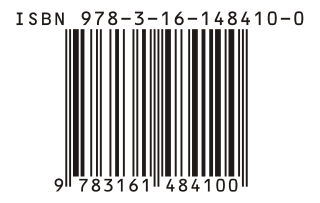
The 1954 New Zealand general election was a nationwide vote to determine the shape of the New Zealand Parliament's 31st term. It saw the governing National Party remain in office, but with a slightly reduced majority. It also saw the debut of the new Social Credit Party, which won more than eleven percent of the vote but failed to win a seat.

The 1957 New Zealand general election was a nationwide vote to determine the shape of the New Zealand Parliament's 32nd term. It saw the governing National Party narrowly defeated by the Labour Party. The 1957 elections marked the beginning of the second Labour government, although this administration was to last only a single term.
The Democratic Labour Party (DLP) was a left-wing political party in New Zealand in the 1940s. It was a splinter from the larger Labour Party, and was led by the prominent socialist John A. Lee.
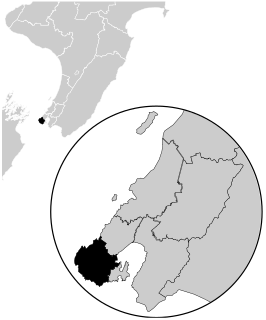
Wellington Central is an electorate, represented by a Member of Parliament in the New Zealand House of Representatives. Its MP since November 2008 has been Labour Party's Grant Robertson.
Avon is a former New Zealand parliamentary electorate. It was created for the 1861 general election and existed until 1996. It was represented by 13 Members of Parliament and was held by Independents, Liberal Party or Labour Party representatives.
Northern Maori was one of the four original New Zealand parliamentary Māori electorates, from 1868 to 1996.
Timaru was a New Zealand Parliamentary electorate, in the South Island. It existed continuously from 1861 to 1996 and was represented by eleven Members of Parliament.
The Nelson by-election was a by-election in the New Zealand electorate of Nelson a predominantly urban seat at the top of the South Island.
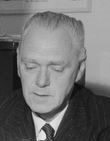
John "Jock" Mathison OBE was a New Zealand politician of the Labour Party.
The 1943 Christchurch East by-election held on 6 February was caused by the death of Tim Armstrong during the term of the 26th New Zealand Parliament. The by-election in the Christchurch East electorate was contested by five candidates, including representatives from the Labour Party, the Labour breakaway party Democratic Labour Party and the National Party. The election was won by the Labour candidate, Mabel Howard, and started her long parliamentary career, which included her becoming the first female cabinet minister in 1947.
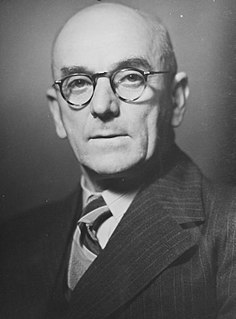
The 1945 Dunedin North by-election was a by-election held during the 27th New Zealand Parliament in the Dunedin electorate of Dunedin North. The by-election occurred following the death of MP James W. Munro and was won by Robert Walls.

The 32nd New Zealand Parliament was a term of the New Zealand Parliament. It was elected at the 1957 general election on 30 November of that year.
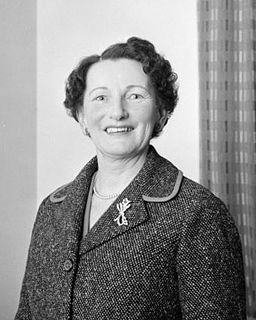
The 1953 North Dunedin by-election was a by-election held during the 30th New Zealand Parliament in the Dunedin electorate of North Dunedin. The by-election occurred following the death of MP Robert Walls and was won by Ethel McMillan.
The Auckland West by-election of 1940 was a by-election for the electorate of Auckland West held on 18 May 1940 during the 26th New Zealand Parliament. The by-election resulted from the death on 27 March 1940 of the previous member Michael Joseph Savage, the revered prime minister whose terminal illness had not been made public.
The 1947 Mount Albert by-election was a by-election held during the 28th New Zealand Parliament in the Auckland electorate of Mount Albert. The by-election occurred following the death of MP Arthur Richards and was won by Warren Freer.
The 1947 Westland by-election was a by-election held during the 28th New Zealand Parliament in the South Island electorate of Westland. The by-election occurred following the death of MP James O'Brien and was won by James Kent.
The Grey Lynn by-election 1963 was a by-election held in the Grey Lynn electorate in Auckland during the term of the 33rd New Zealand Parliament, on 18 May 1963.

The 1945 Hamilton by-election was a by-election held during the 27th New Zealand Parliament in the Waikato electorate of Hamilton. The by-election occurred following the death of MP Frank Findlay and was won by Hilda Ross, both of the National Party.
Patrick Thomas Curran was a New Zealand trade unionist and local-body politician.












